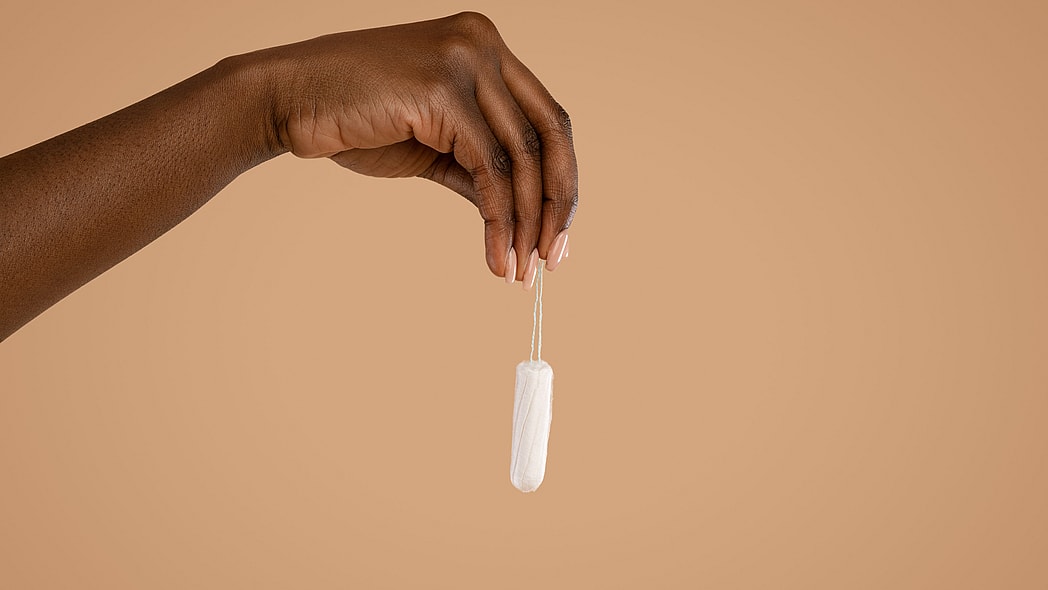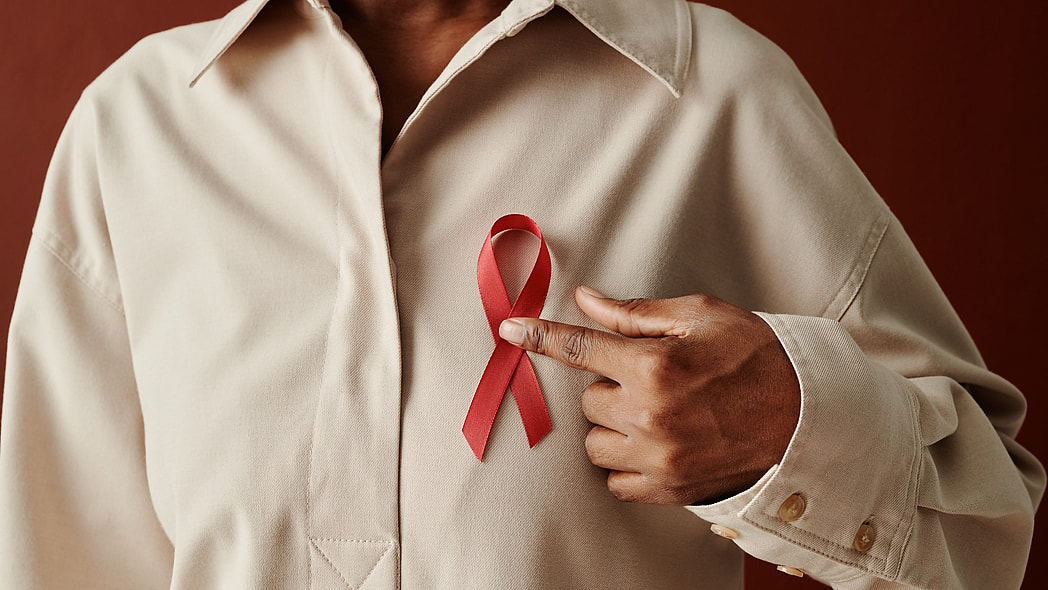In 2023, Sharhonda Blue, a Black gynecology physician assistant based in San Antonio, Texas, made headlines after receiving her first intrauterine device. Most notably, Blue realized she had been severely underselling patients on the pain that can occur during insertion.
The procedure entails using a tenaculum to hold back the cervix and then passing the intrauterine device through the extremely narrow cervical canal. It can cause moderate to severe cramping for some lasting days after completion.
“Let me tell you: I was flipping off of the table. It was a very painful procedure,” she said in a video. She further apologized for potentially misleading others after initially advising that the procedure would be “a little crampy.”
“It’s a pain you can’t even describe unless you’ve had kids,” Blue, the mother of a toddler, told People magazine.
She continued. “I remember afterwards getting up and just trying to get myself together, and then I felt like I was going to pass out. I had that type of pain. So I was like, ‘Oh, man, this is not a little crampy.’”
Recommended Stories
Blue’s acknowledgment of the pain of inserting the popular birth control device was validating for the many others before her who have reported experiencing some of the worst pain they’ve ever felt during the outpatient procedure. For decades, patients have had to endure the pain of insertion with little to no pain management.
Since the emergence of social media and particularly TikTok, many who have experienced painful IUD insertions or removals have been able to publically speak out and commiserate. In fact, the chorus may have gotten so loud officials have finally heard it.
Last week, the Centers for Disease Control and Prevention officially updated the recommended guidance for IUD pain management for the first time in almost 10 years.
In the update, the CDC said the numbing agent lidocaine “might be useful for reducing patient pain” when injected as a local anesthetic or applied topically as a gel, cream, or spray.
While some practitioners have adopted the use of lidocaine and employ other pain management strategies like having patients cough during insertion or removal, the status quo prior to this update was to prescribe ibuprofen.
IUDs are the third most common form of birth control. The No. 1 form remains female sterilization or having one’s tubes tied, and the second most common is the pill. According to the CDC, roughly more than half of Black women (61.4%) use contraceptives of some form. Other forms of contraception include implants, injections, patches, and condoms.
Speaking about her experience in People magazine, Blue emphasized that greater education about IUDs was needed.
She added, “You should not be in a lot of pain during procedures. And if you are, you have the right to stop the procedure. Don’t be afraid to speak up.”










